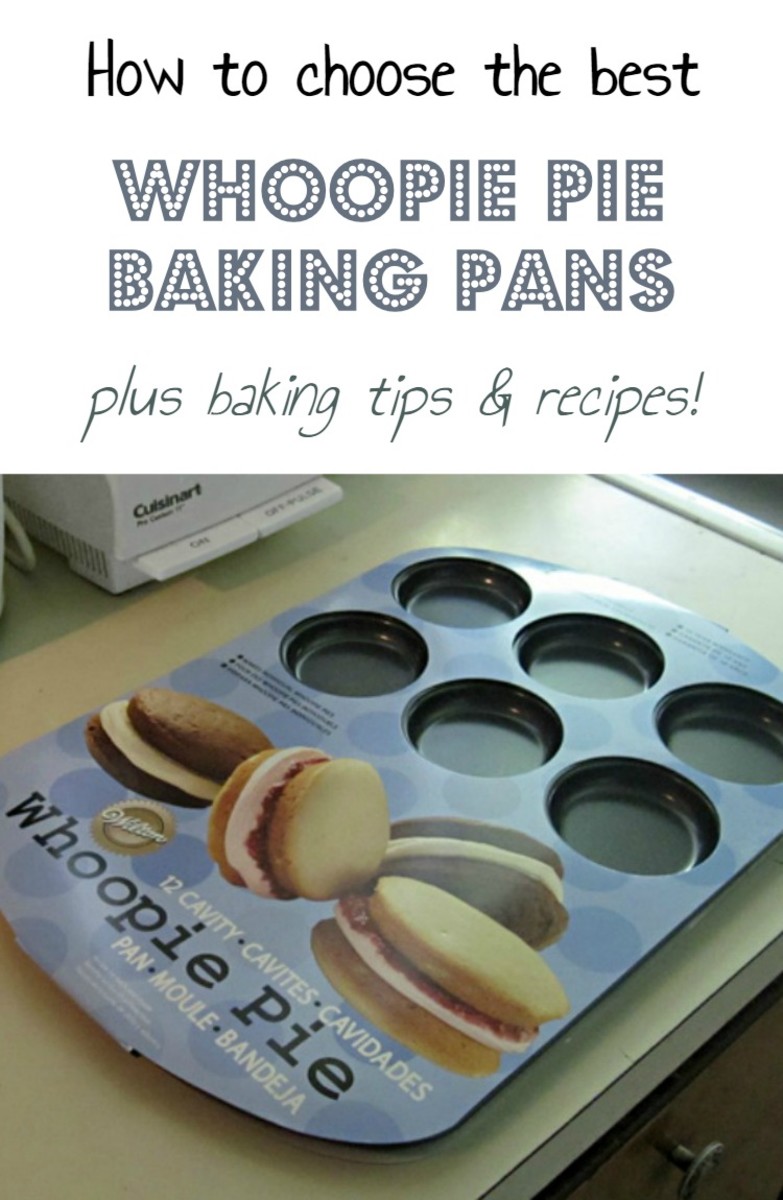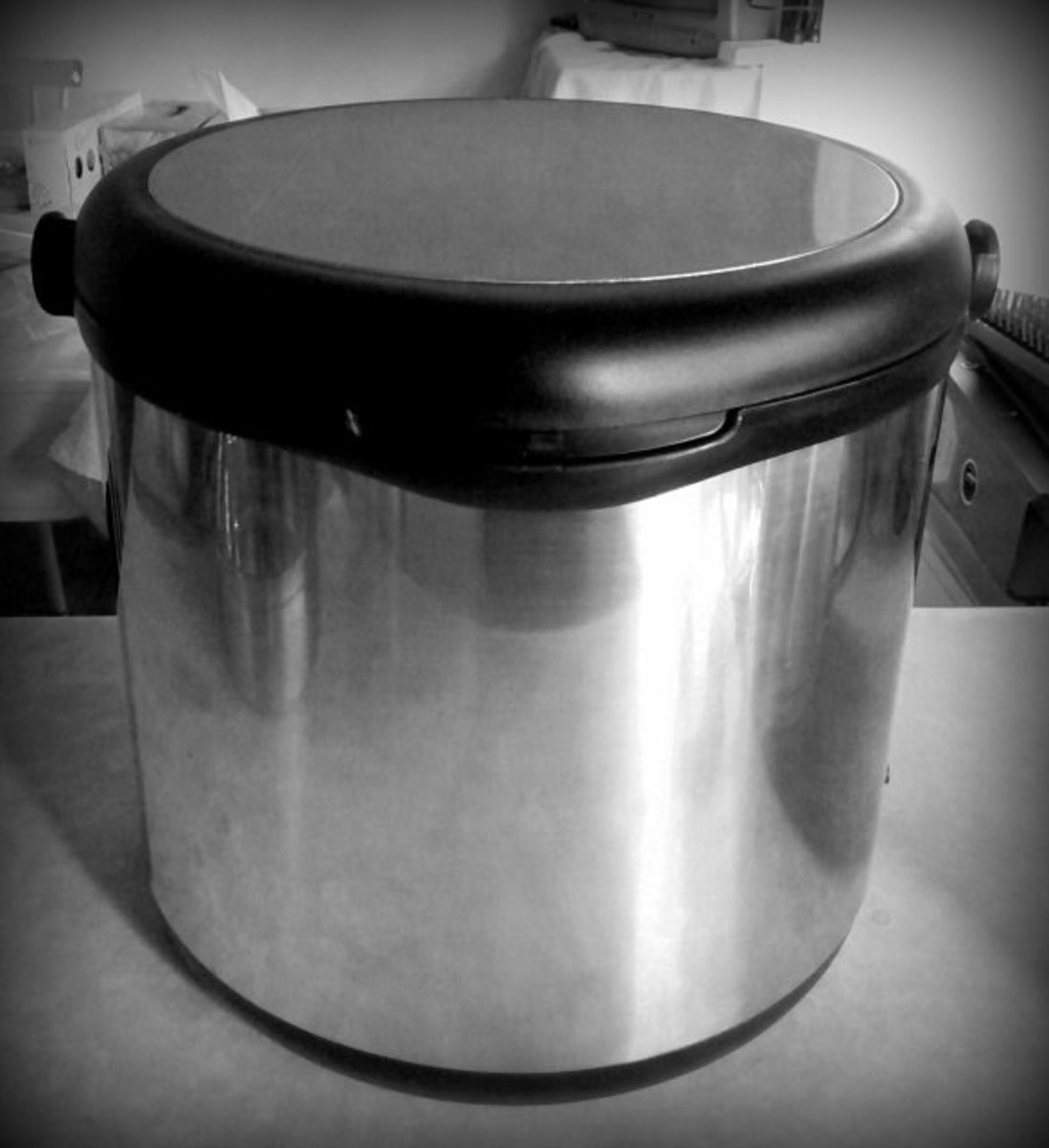Ravioli Makers - Which is the best?
Homemade ravioli is a delicious meal that will keep everyone happy, and it can be easy to make with the right equipment.
There are essentially 4 ways to make ravioli at home, each with pros and cons. These options are:
- Make Ravioli by hand
- Use a Ravioli rolling pin
- Use a Ravioli mold
- Use a pasta machine Ravioli Maker
The best ravioli maker - a) Make Ravioli by hand
This is the most authentic, but probably the most difficult way to make ravioli at home. Italians have been making ravioli by hand for hundreds of years, although you could argue that whilst it is the most traditional way to make ravioli, the different ravioli makers that have evolved over the years have come about due to the fact that making ravioli by hand can be tricky. With a bit of practice you will definitely improve your technique however for anyone who wants to make ravioli quickly, consistently and in any sort of quantity, using an alternative ravioli maker is probably best.

How to use rolling pin ravioli maker
The Best Ravioli Maker Option 2 - Use a Ravioli rolling pin
The most basic type of ravioli maker is a ravioli rolling pin. This is a rolling pin (also known as a checkered pin) is wooden rolling pin that has indentations carved in it. To use a ravioli rolling pin, you lay a sheet of fresh pasta down and lightly roll the rolling pin over the pasta so that it gently marks out where the ravioli filling should go. Next you spoon filling onto the areas indicated and cover with another sheet of pasta. You then use the ravioli rolling pin to roll over the pasta so that it seals the filling inside pasta and presses down the edges. Some rolling pins cut the edges of the ravioli but with others you need to use a pasta cutter to separate each ravioli.
Ravioli rolling pins are inexpensive and once you have the technique perfected it can produce a good result. However, beginners can find it difficult to properly align the pasta and filling and it can also be difficult getting the amount of filling correct – too much and the filling gets crimped into the edge of the ravioli, and too little and your ravioli can be limp and plain rather than plump and delicious.
The Best Ravioli Maker Option 3 - Use a Ravioli Mold
In my opinion a ravioli mold is the best all round type of ravioli maker. A ravioli mold is essentially a metal or plastic tray that has indentations in it (a bit like the ice cube tray in your freezer). To use a ravioli mold you simply lay a sheet of pasta over the mold, press down to form indentations, fill the indentations with filling, and then lay another sheet of pasta on top. Next, you roll across the top of the mold with a rolling pin and then turn out plump sealed ravioli.
For general home use, a ravioli mold has a number of benefits over other types of ravioli maker. Ravioli made in a ravioli mold are very consistent, the indentations act as a good guide to how much filling to add, you can make many ravioli at once (the most common ravioli molds make 12 – 24 ravioli at once), a ravioli mold is easy to wash, it is inexpensive and it will last forever.
Using a pasta machine ravioli maker
The Best Ravioli Maker Option 4 - Use a pasta machine ravioli maker
These days it is possible to buy ravioli makers that fit onto most pasta makers. This type of ravioli maker works by pressing pasta dough and filling together through specially designed rollers. The concept is simple – you take a length of fresh pasta, make a soft fold in the pasta halfway along and feed this into the maker. Next you spoon filling at various intervals along the pasta sheet and then crank the machine so that the filling is encapsulated in the pasta. The ravioli maker then drops out nicely formed and crimped ravioli. This type of ravioli maker is usually best suited to smaller types of ravioli as it can be difficult to get the amount of filling correct for larger sizes. If you have too much filling it can get squeezed out the side of the ravioli. Some people also find this type of ravioli maker to be more hassle than a ravioli mold for example, especially if you are only making a small batch. However, with a bit of practice it is possible to create very professional ravioli in large quantities in a comparatively short period of time. Ravioli makers of this sort can be a bit fiddly to clean, especially if your filling has escaped.

The bestselling and highest rated Ravioli Maker on Amazon.com:
So which is the best ravioli maker?
Really this comes down to personal preference as each option described above has pros and cons. Overall I believe the best ravioli maker is a ravioli mold, as it is inexpensive, foolproof and it makes great ravioli. However many people have good success with all of the other options as well.
Whichever type of ravioli maker you choose, with a bit of practice and perseverance you can go from being a complete beginner to creating impressive, plump, delicious ravioli at home in no time.
Buon Appetito!











